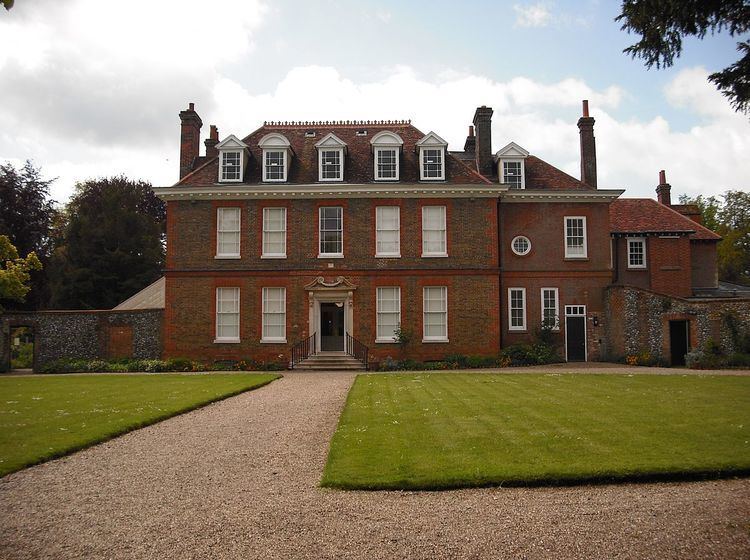Established 1967 Phone +44 1449 612229 | Collection size over 40,00 objects | |
 | ||
Location Iliffe Way, Stowmarket, Suffolk, England Website Museum of East Anglian Life Address Iliffe Way, Stowmarket IP14 1DL, UK Hours Open today · 10AM–4:30PMWednesday10AM–4:30PMThursday10AM–4:30PMFriday10AM–4:30PMSaturday10AM–4:30PMSunday11AM–4:30PMMondayClosedTuesday10AM–4:30PMSuggest an edit Similar Mid‑Suffolk Light Railway, Ipswich Transport Museum, Moyse's Hall Museum, Camel Park Oasis, Felixstowe Museum Profiles | ||
Museum of east anglian life volunteer film
The Museum of East Anglian Life is a museum, located in Stowmarket, Suffolk, which specialises in presenting the agricultural history of East Anglia through a mixture of exhibits and living history demonstrations.
Contents
- Museum of east anglian life volunteer film
- Museum of east anglian life steam sunday threshing film
- History of the Museum
- Buildings
- Restoration of Abbots Hall
- Events
- References
Museum of east anglian life steam sunday threshing film
History of the Museum
The land was originally part of the Home Farm for the Abbot’s Hall estate. The estate dates from medieval times, when it was an outlying manor for St Osyth's Priory in Essex. It passed through numerous owners until it was purchased by the Longe family in 1903.
Huge changes in the 1950s and 1960s meant that England was in danger of losing long-established skills, equipment, and buildings, if something was not done to rescue them. Local farmer Jack Carter, the Suffolk Local History Council, and other individuals worked to collect, preserve and display objects from rural East Anglia. After several years of temporary exhibitions, Vera and Ena Longe placed 70 acres (28 ha) of farm land, Abbot’s Hall, its gardens, and 18/20 Crowe Street, in trust to be used as a museum. The Museum opened in 1967.
Buildings
The Museum has various buildings on its 75 acres (30 ha) site, including:
The museum also has two huts depicting scenes of shops, kitchens, and living rooms of the 1950s, and a Victorian schoolroom.
Restoration of Abbot's Hall
The museum was awarded a grant from the Heritage Lottery Fund to renovate Abbot's Hall and Crowe Street Cottages. The project was completed in April 2012, and officially opened in June 2012. There are nine exhibition spaces exploring ideas of home and belonging in East Anglia, as well as space for temporary exhibitions. Crowe Street Cottages, which were occupied by workers at Abbot's Hall, have been displayed as they would have looked when the last owner lived there.
Abbot's Hall is open year round, providing a permanent centrepiece to the museum. The Hall features a permanent exhibition of the life and works of Welsh folklorist George Ewart Evans.
Events
In June 2015 the museum site hosted the Stowblues Festival for its fifth year. The festival is organised in partnership with BBC Radio Suffolk.
In August 2016 the Museum will be hosting its biggest event to date, the East Anglian Living History Fayre is being run in partnership with Black Knight Historical, and looks set to be the biggest Living History Fayre in East Anglia.
